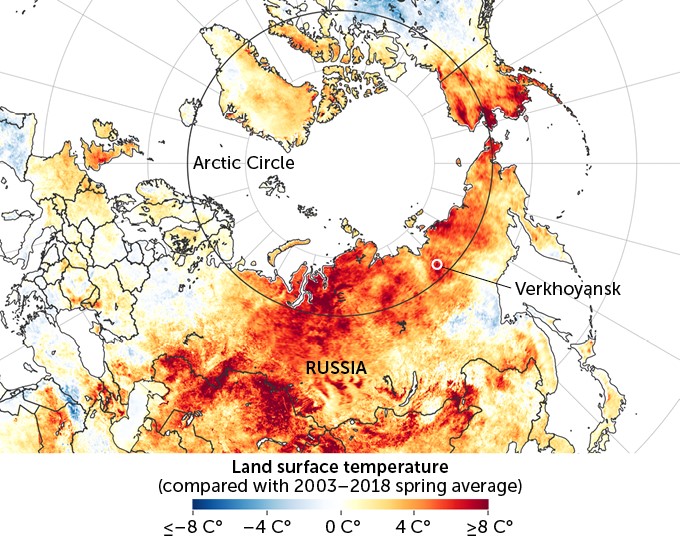One thousand people died during the extreme heat wave in Japan in July 2018. “We would never have experienced such an event without global warming,” said Yukiko Imada of the Japan Meteorological Agency. Wait, I hear you say, it’s impossible to point to any one weather event and say that event was caused by climate change.
The fact is that scientists can attribute anthropogenic climate change to specific events. They can determine what Fraction of Attributable Risk (FAR) lies with human-induced factors. A FAR of 1 means that they have 100% certainty that the event could only have arisen because of human-caused climate change. A FAR of zero means that human changes had no measurable effect.
Only five events to date have been identified that meet the incredibly demanding standard of a FAR = 1. Many other events have some degree of attribution.
The American Meteorological Society (AMS) has been publishing their “Explaining Extreme Events from a Climate Perspective” reports since 2011. The report on weather year 2016 was “the first of these reports to find that some extreme events were not possible in a preindustrial climate”. Those events were the 2016 record global heat, the heat across Asia, and a marine heat wave off the coast of Alaska. In 2017, the exceptional marine heat off Australia’s east coast could not have occurred without the human influence on climate.
And in the most recent report for the 2018 weather year, the report found that the Japanese heat wave had a FAR of 1.
More than one hundred extreme weather events have been analysed and reported on by AMS since 2011. Five, as identified above, have been shown to be certainly caused by man-induced climate change. Around two thirds of all events reported by AMS have identified a role for anthropogenic climate change. The remainder showed no appreciable effect.
The 2019 report is not yet available because the work is still being done. In recent years, around twenty events have been nominated for study at the end of the weather year and all results are presented irrespective of FAR outcome.

Measured land average surface temperatures
April – June 2020 vs 2003-2018 spring average.
Credit: NASA Earth Observatory
Although we are only part way through 2020, early reports suggest that the Siberian heat wave of late June stands out as a potential FAR = 1 event. A record temperature of 38oC (100oF) was measured at Verkhoyansk. The Russian Meteorological Service said this measured temperature was the highest ever recorded above the Arctic Circle.
In another early finding, worldweatherattribution.org estimated that the probability of the catastrophic Australian bushfires in December 2019/January 2020 had increased by 30% as a result of anthropogenic climate change; but not a FAR of 1.
To me, the beauty of FAR = 1 is that it is easier to understand and discuss than an increased ‘probability of occurrence’. It makes for more compelling evidence of climate change. So on the one hand I want more FAR = 1 events; on the other, I am deeply troubled that they are already happening.
Photo Credit: Kyodo News
